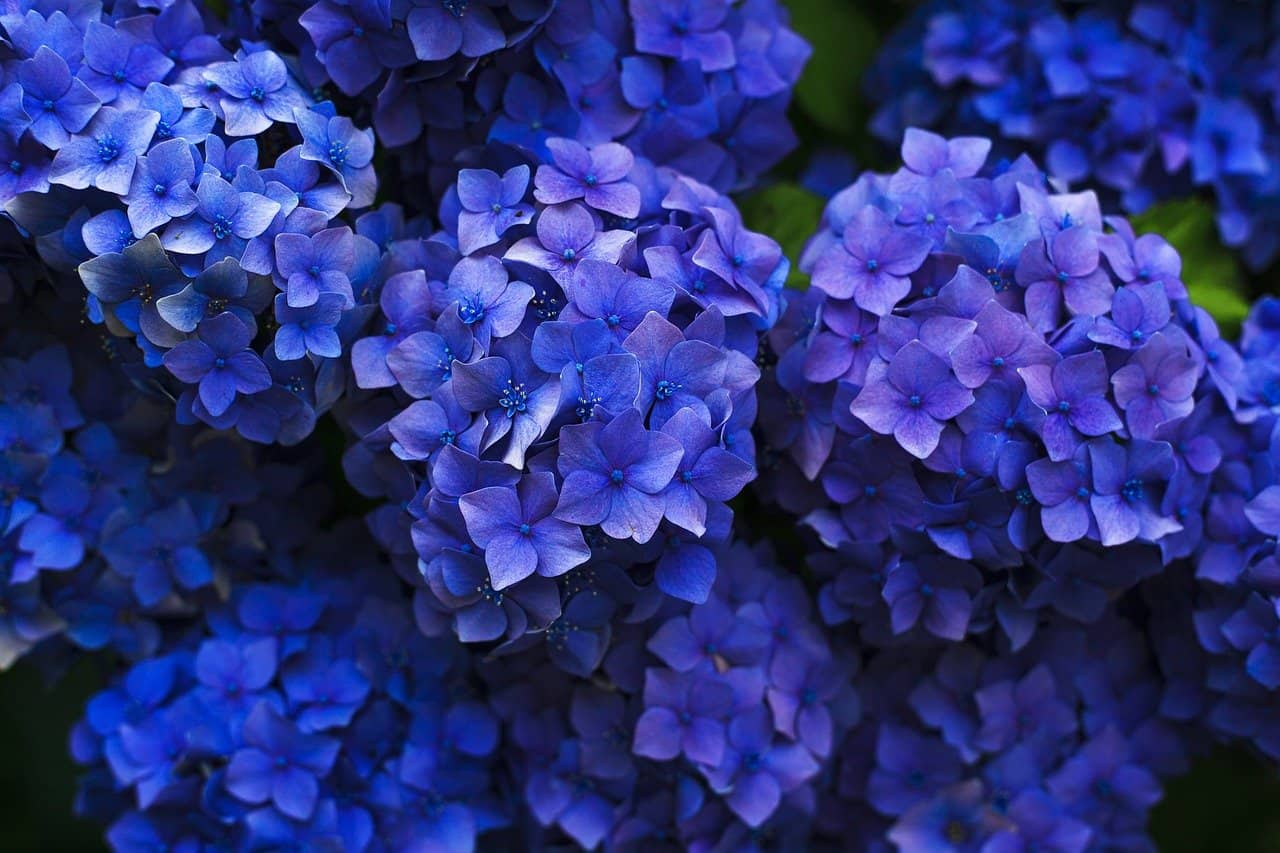Costa Rican gardeners who live in the cooler regions of the country can enjoy planting hydrangea (Hydrangea macrophylla).
Known as Hortencia in Spanish, Hydrangea is common in the highlands of the country. The shrub is easily identified with its large inflorescences of blue, pink or white flowers with deciduous, opposite, coarse green leaves. If you look closely at the center of each flower, you will notice miniature flowers with petals, stamens and pistils. What appear to be the large showy petals of each flower are actually calyces.
Originally from Japan, the plant is now found around the world as a popular ornamental.
Leading nurseries here have it or you can often ask a neighbor for a woodystem cutting to propagate at home.
It may surprise you to know that the root is considered a useful botanical tonic for the kidneys and bladder. However, the buds and young leaves are toxic.
Another curious characteristic is that its showy blossoms change color depending on the soil. In acidic soils, the flowers are blue. In alkaline soils, they’re pink. White flowers indicate the soil is neutral (pH 7).
In Costa Rica, hydrangea blossoms are most commonly blue. You can try changing the color by adding limestone around your plants.
Hydrangeas love shade and can be used in landscape designs under trees or on the northern side of buildings or walls. Hardy and bushy, they require only occasional watering during the dry season and much less if mulched well to prevent soil evaporation.
The soil should be fertile, with good drainage in the rainy season. Occasional side dressings of compost and foliar feedings keep these plants healthy and blooming.
Experts recommend pruning hydrangeas after the blossoms have finished to keep the bushes compact and blooming frequently.
Propagation is easily done by acquiring a 30-centimeter section of woody stem, which can be planted one-half its length in prepared potting soil in a plastic nursery bag or 12-inch pot. Keep the new planting well watered and in the shade until you begin to see buds appear on the stem, then slowly move the plant into the sun.
Try to transplant your new hydrangea to its permanent site in your patio before it becomes root-bound. When this occurs, stunting may result, which prevents the plant from growing well.
Once your bushes are in bloom, you’ll find hydrangea blossoms ideal for indoor floral arrangements. Adding a little sugar water to the vase will help keep them looking beautiful for a longer time period of time.
Until next time – happy gardening!
Author Ed Bernhardt 04






